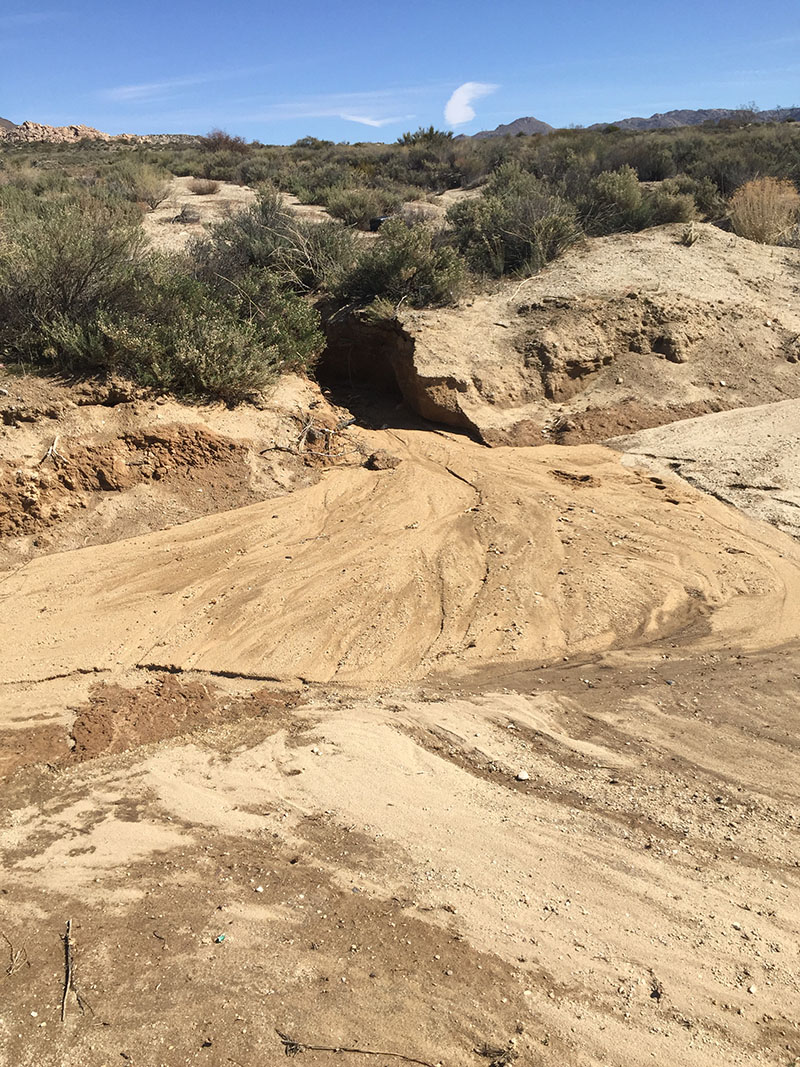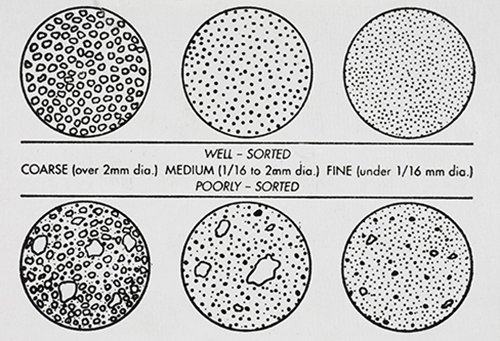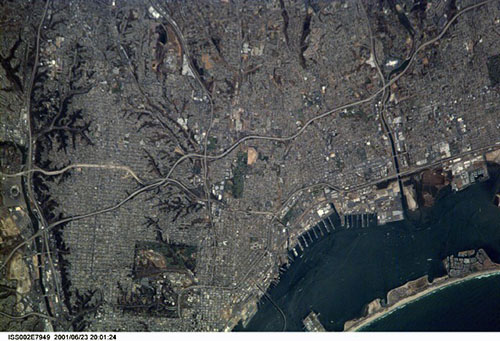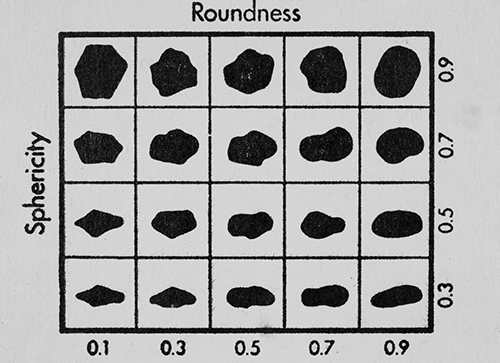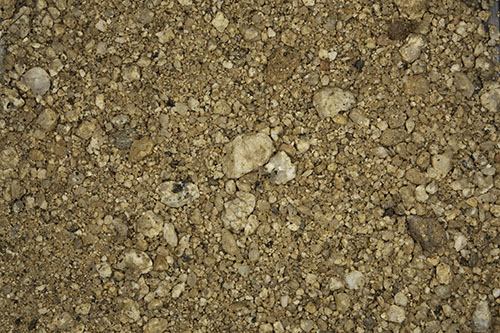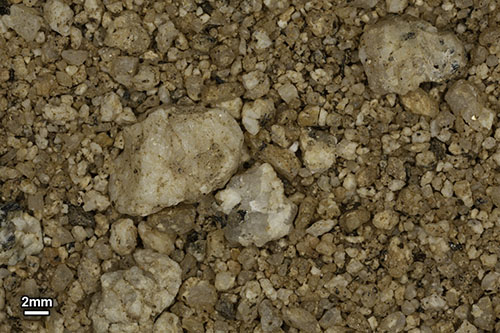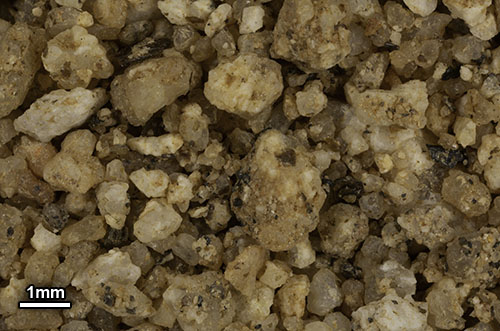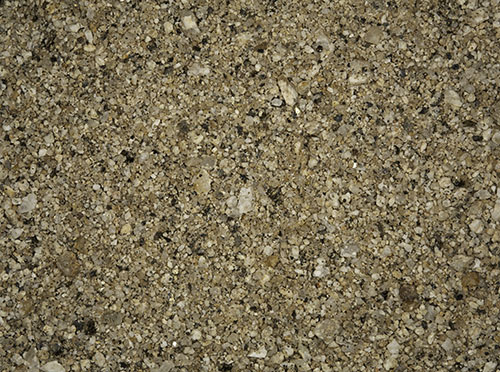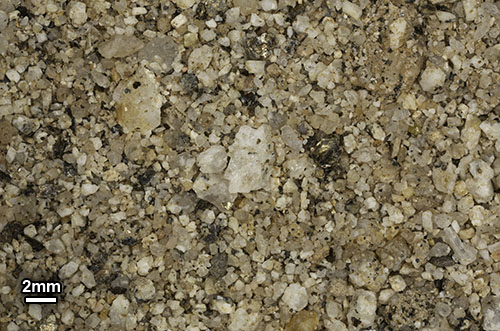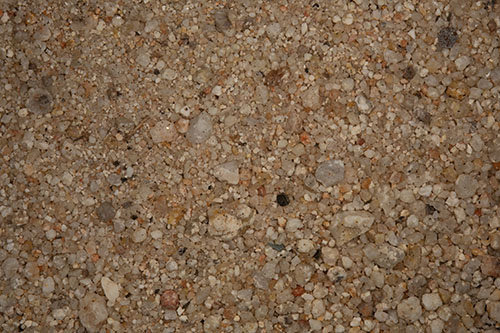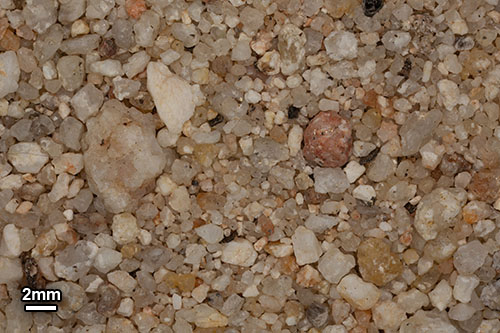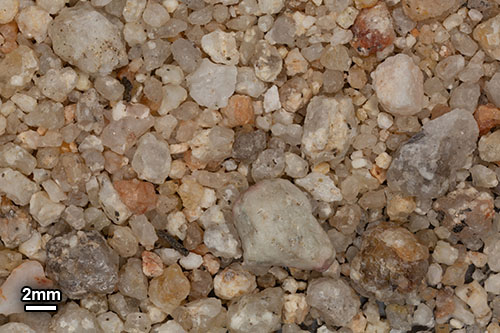I have always had an interest in Alluvial Fans (and long roll-out rock falls, much more rare - there's one in British Columbia). l saw these micro fans while stretching my legs at Jacumba, CA on I-8 on way back to Phoenix . I looked at them in depth and of course realized what I was seeing was a mini-micro-example of what I see throughout AZ on a much larger scale (many times larger) at the base of mountains. I pretended I was at 100,000 feet looking down on the Nile Delta. It looks the same. I read this description of AFs on Google which matches exactly (Exactly!!) what I saw on a micro level:
Alluvial fans are triangular-shaped deposits of water-transported material, often referred to as alluvium. (CORRECT) They are an example of an unconsolidated sedimentary deposit and tend to be larger and more prominent in arid to semi-arid regions. (YES) These alluvial fans typically form in elevated or even mountainous regions where there is a rapid change in slope (PERFECT) from a high to low gradient. The river or stream carrying the sediment flows at a relatively high velocity due to the high slope angle, which is why coarse material is able to remain in the flow (PERFECT). When the slope decreases rapidly into a relatively planar area or plateau, the stream loses the energy it needs to move its sediment (CORRECT). Deposition subsequently occurs and the sediment ultimately spreads out, creating an alluvial fan (THAT'S EXACTLY WHAT I SAW!). Three primary zones occur within an alluvial fan which includes the proximal fan, medial fan, and the distal fan (DID NOT KNOW THAT, BUT SEARCHING DEFINITION OF EACH SECTION).
What I found interesting is the micro-fans are located adjacent to each other. I investigated the upstream areas and could not see any difference in material color, but the fans are different in color. Will know more about this when the two samples completely dry. The Jacumba area sustained a major rainstorm two days before. I drove through it! The result is this phenomenon next to the road at Jacumba. How interesting. I really wonder if anything new can be learned from this. I read a book years ago about the research of alluvial fans by a geologist. Fascinating. Now, I will never forget the name Jacumba. Gary Foster
